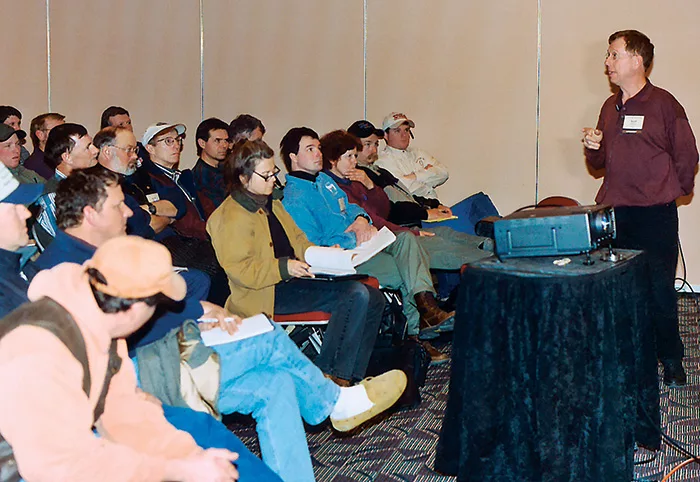American Farriers Journal
American Farriers Journal is the “hands-on” magazine for professional farriers, equine veterinarians and horse care product and service buyers.

THE REAL KEY. Scott Kimbel says it is critical to fully understand the relationship between form and function when working with foals.
Believe it or not, there are some people in this world who think that a horse’s foot health doesn’t need attention until it needs shoes. Whatever your philosophy on the subject, these three footcare professionals would beg to differ.
In a collaborative presentation at the first annual International Hoof-Care Summit, farrier Scott Kimbel and equine veterinarians Stephen O’Grady and Bob Hunt delivered valuable advice, tips and guidance when it comes to caring for foals at what they believe is the most influential and critical age of the horse.